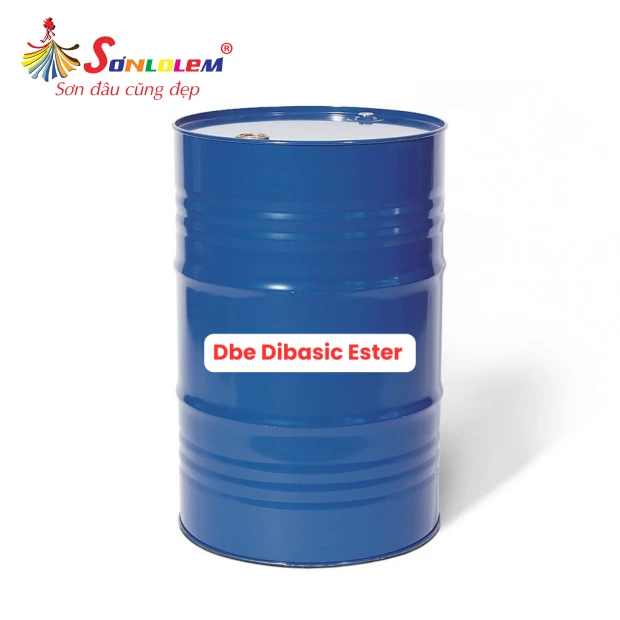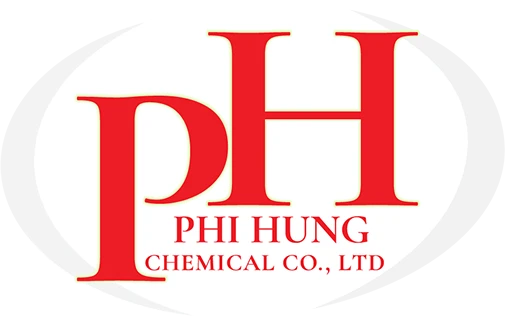

Dbe Dibasic Ester
Product information:
Technical Specifications of DBE
- Chemical Formula: CH₃OOC(CH₂)ₙCOOCH₃ (n = 2,3,4)
- Composition: Dimethyl succinate, Dimethyl glutarate, Dimethyl adipate.
- Appearance: Colorless, transparent liquid with a mild fragrance.
- Ester Content: Min 99%
- Color Index: Max 20
- Acid Value: Max 0.3 mgKOH/g
- Refractive Index (23°C): 1.4220
- Boiling Point: 196 – 255°C
- Density (23°C): 1.082
- Moisture Content: Max 0.1%
- Flash Point: 100°C
DBE products are highly stable under normal temperature and humidity conditions. They exhibit typical ester functional group characteristics, including saponification and hydrolysis reactions. The transesterification reaction is primarily used to convert ester products into useful plasticizers and other polyester products.
With increasing emphasis on environmental protection and human health safety, many laws and regulations restrict or recommend against using harmful solvents such as chlorinated solvents (trichloroethane, methyl chloride, etc.), glycol ethers, and ethanol ethanol. DBE products are the best alternatives to these solvents and can fully meet the growing demand.
Dibasic Ester (DBE) Chemical Solvent
(DBE chemical solvent is repeated here three times in the original text.)
Applications:
- Mild odor, low water content, safe to use, and non-toxic according to regulations.
- Excellent solubility with polyurethane resins, acrylic resins, polyester resins, alkyd resins, epoxy resins, and good compatibility with other solvents.
- Enhances paint smoothness and adhesion while reducing paint film defects.
- High boiling point and low evaporation rate help regulate the evaporation speed of the entire solvent system.
- Increases flexibility, improves gloss, and enhances the mechanical properties of paint films.
- Widely used in coil steel coatings, automotive coatings, baking coatings for tin-plated sheets, wood coatings, ship coatings, printing ink industry, metal wood coatings, insulation coatings, and the plastics industry.
- Can also be used as a cleaner, paint remover, casting binder, soldering flux in the electronics industry, and as an intermediate compound in organic synthesis.
Storage and Transportation:
- Do not mix with strong oxidizers, acids, or alkalis.
- Store in a well-ventilated area and keep the container tightly sealed.


 Tiếng Việt
Tiếng Việt